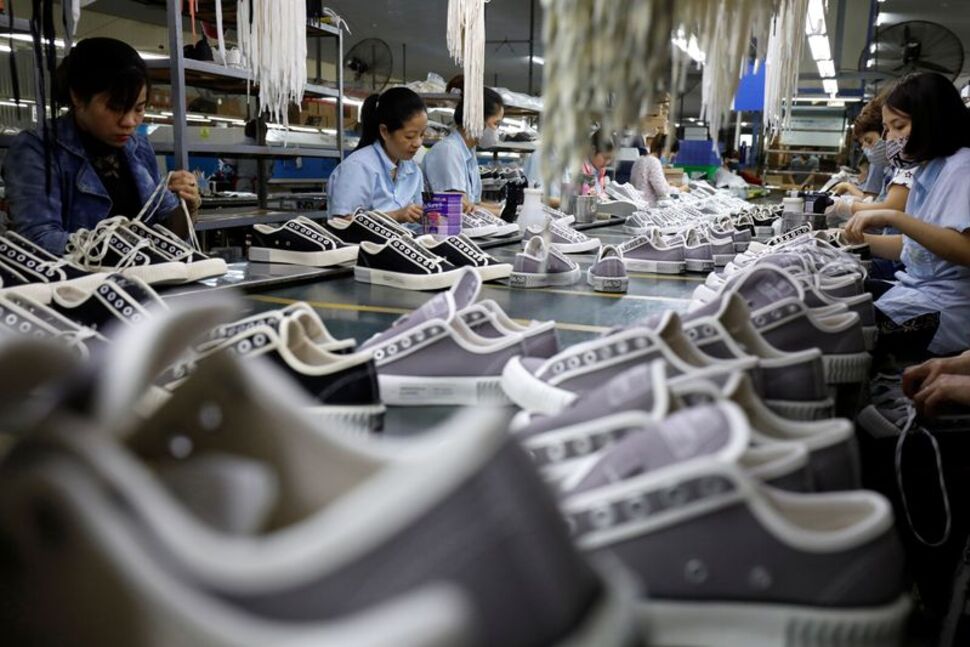
Published :
Updated :

ietnam's goods exports to the United States accounted for 30 per cent of its gross domestic product last year, the highest share among US top trade partners, a Reuters review of public data shows, making the country highly vulnerable to reciprocal tariffs.
The Southeast Asian nation experienced a surge in foreign investment after the first Trump administration started a trade war with Beijing in 2018, as foreign multinationals moved factories from China to its southern neighbour to avoid US tariffs.
It hosts major operations of South Korea's Samsung Electronics and Taiwan's contract manufacturer Foxconn. Apple, chipmaker Intel and footwear and apparel giant Nike are among US corporations which bet on Vietnam as a production hub for goods often exported to the United States.
The massive inflow of manufacturing investment has turned the Communist-run nation into a major node in global supply chains and significantly boosted its economic ties with the United States. Vietnam now directs 29 per cent of its exports to its former foe, according to Vietnamese customs data.
Last year, with goods exports worth $142.4 billion, Vietnam became the sixth largest exporter to the United States after Mexico, China, Canada, Germany and Japan, United Nations commodity trade statistics show.
Shipments to the US last year represented about 30 per cent of Vietnam's GDP of $468 billion, based on IMF's estimates, the largest share for all US trading partners.
Only Mexico, which is facing explicit threats from Trump of 25 per cent tariffs, has a comparable exposure. It ships more than three times more goods than Vietnam to the US, with the total value of its exports accounting for 27.6 per cent of its larger GDP.
By comparison, China's exports to the US are worth 2.5 per cent of its GDP, and Japan's 3.7 per cent.
Vietnam's vulnerability is compounded by large trade imbalances that could make it stand out as US officials study global reciprocal tariffs, which US President Donald Trump has mandated to prepare by April.
Vietnam's booming exports, combined with limited imports from the US, made it last year the US partner with the fourth-largest trade surplus, lower only than China, the 27-country EU and Mexico, according to US trade data.
The country also "satisfies (other) criteria for tariff applications set by the White House", said Sayaka Shiba, a senior analyst at research firm BMI, noting that compared to the US, it has higher tariff rates, levies VAT, has non-trade barriers and is on the US watchlist for possible currency manipulation.


 For all latest news, follow The Financial Express Google News channel.
For all latest news, follow The Financial Express Google News channel.